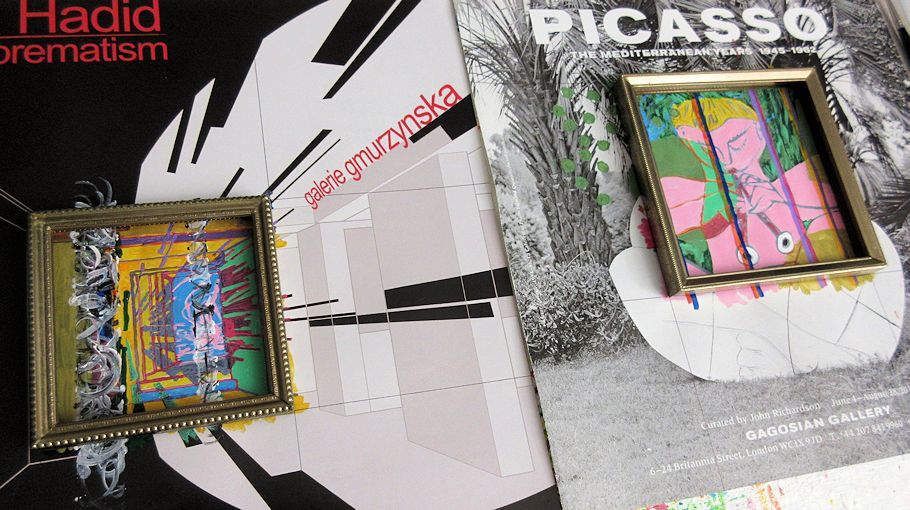2024.05.02 11:19

[post Jupiter Uranus conjunction 003] and [post Jupiter Uranus conjunction 004] still in the state of a work-in-progress.
2024.05.02 18:32

Took a walk around Fox Chase Farm, first time this year.
1999.05.02 11:16
the architectural timepiece - chronosomatics
Brian writes:
reading the intro to Theorizing a New Agenda for Architecture, Kate Nesbitt editor, Princeton Architectural Press, c.1996...and came across one theme of the book that sounds like it is related to Lauf-S(teve) Timepiece of Humanity.. [Brian then adds some quotations from the Nesbitt introduction.]
Lauf-S(teve) replies:
With regard to The Timepiece of Humanity (aka the theory of chronosomatics) and the essays on "The Body" in Nesbitt's Theorizing a New Agenda for Architecture, I first have to point out that although written by an architect and indeed seminally inspired by some of the words in Chapter Eight of Geoffrey Scott's The Architecture of Humanism - A Study in the History of Taste, chronosomatics is nevertheless fundamentally different in both character and intent from the way the "body" is used within recent architectural theory, and even within feminist theory.
The theory of chronosomatics views/interprets the human body (male and female) as a calendar incarnate, and thereby positions the design of the body as an ultimate self-evident "symbol" or "blueprint" of humanity's full duration. Certainly, no other architecturally inspired theory, past or present, reaches this level of "incorporation", and, moreover, if chronosomatics bears any resemblance to some other theory or concept relating to the human body it is to Hinduism's Hatha Yoga.
Because of chronosomatics' originality and uniqueness, and because The Timepiece of Humanity is still a work in progress, I, as author, feel obligated to protect the theory of chronosomatics from (premature) miscategorization, and thus relating The Timepiece of Humanity directly to (the history/theory of) architecture first requires an understanding of the chronosomatic(ally derived) theory of human imagination.
Although it surfaced within the early days of my research towards developing The Timepiece of Humanity, the notion of various modes of human imagination being directly related to our body's various physiological operations was a completely unexpected by-product. Nonetheless, the concept/theory that our mind imaginatively operates in precisely the same fashion/manner that our body operates functionally, i.e., with fertility, assimilatingly, metabolically, electro-magnetically, osmotically, and finally as pure frequency, is very likely chronosomatics' foremost contribution to human thinking because with it comes a potential resolution of the proverbial body-mind dichotomy.
Since late 1995/early 1996, I have been compiling notes and material for a "book" entitled The Body, the Imagination, and Architecture (BIA). Of course, my writing such a book comes with a real dilemma because I have yet to finish writing The Timepiece of Humanity, upon which the BIA book is based. (The more I utilize html and web publishing however, the more I realize that the "fluidity" and "connectivity" of hypertext may well (creatively) eliminate my writing dilemma, and, furthermore, hypertext may actually enhance the outcome of my message.)
Part of my BIA material comprises a thorough bibliography of recent architectural texts relative to the body. This process of both reading and compiling data was necessary not only to firmly ground chronosomatics, but also to validate and ensure chronosomatics' position of originality and uniqueness. In what adds up to a succession of one uncanny occurrence after another, ideas regarding the body within contemporary architectural texts and the ideas within chronosomatics come very close, so close that there is even sometimes virtual sameness, yet chronosomatics, because it harbors the base notion of the human body being a timepiece-symbol-blueprint of all history, is in each comparative instance alone able to make decisive intermediate conclusions and further projections regarding the (design of the) body and its potential meaning.
I am very familiar with Vidler's text entitled "Architecture Dismembered", and I will gladly discuss what Vidler says, albeit relative to chronosomatics. As to the Agrest text, I'm sure I read it, and the fact that I made no special note of it at the time tells me that it did not relate to my chronosomatic research. Besides, humanity's true corporal center is not the navel, but rather the halfway point of our respective heights where our two legs transcend into a single torso and where male and female transcend into sexual unity.
|